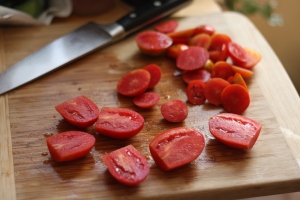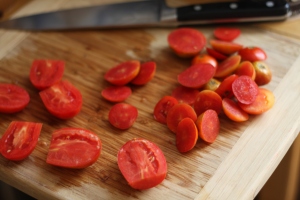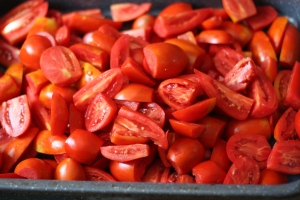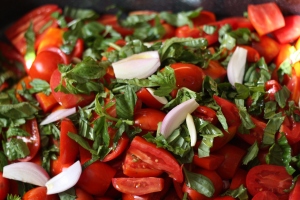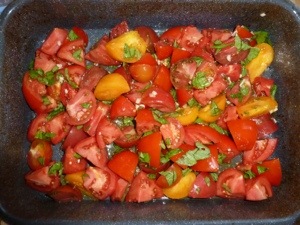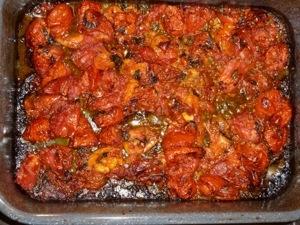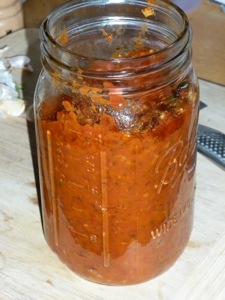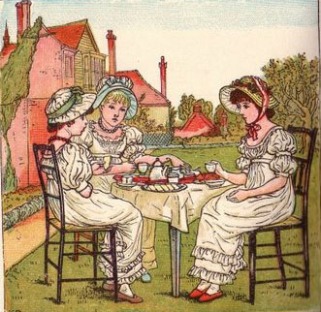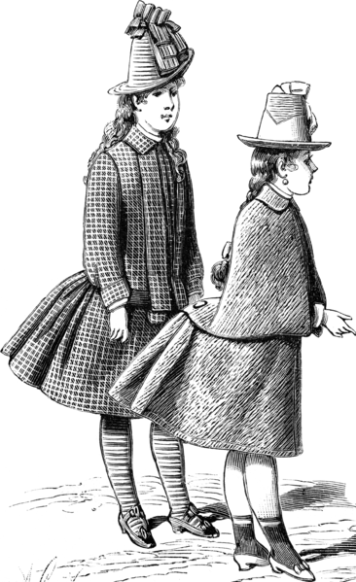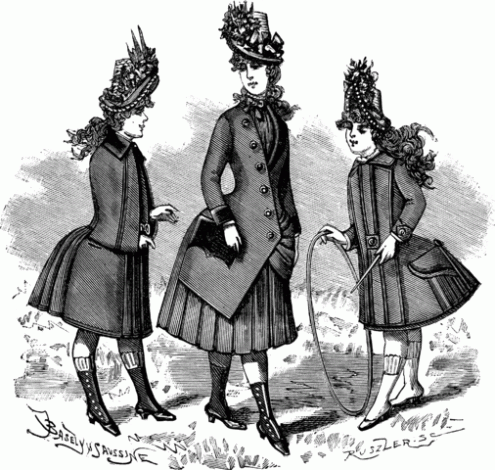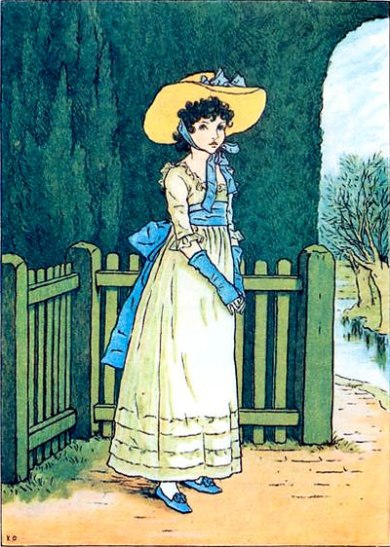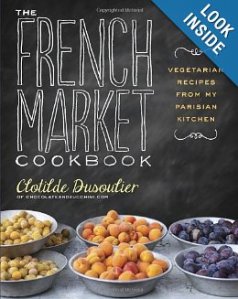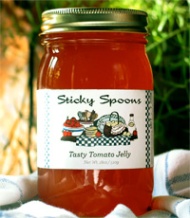Two books I have been reading recently have me thinking about food for children and how ideas about nutrition and proper diet have changed. From the 19th through the mid-20th centuries, for example, people thought about food in terms of nutrition, but they thought about nutrition in very different ways than we do. For example, as late as WWII Americans thought of sugar as an “energy food.” It was good, not bad. (See Amy Bentley, Eating for Victory for more on sugar and WWII).
Similarly, sweet foods were often given to children, along with foods thought to be more easily digestible than, say, the ubiquitous dinner of roasted meat. In Charles Elme Francatelli’s cookbook for the working classes he made several suggestions about food for children that illuminate mid-nineteenth century ideas about nutrition. Francatelli was a celebrity chef, at one time chef to Queen Victoria, and when he offered advice to working class cooks he was sometimes less than strictly economical, suggesting foods and preparation methods that would have been beyond the reach of his supposed audience.
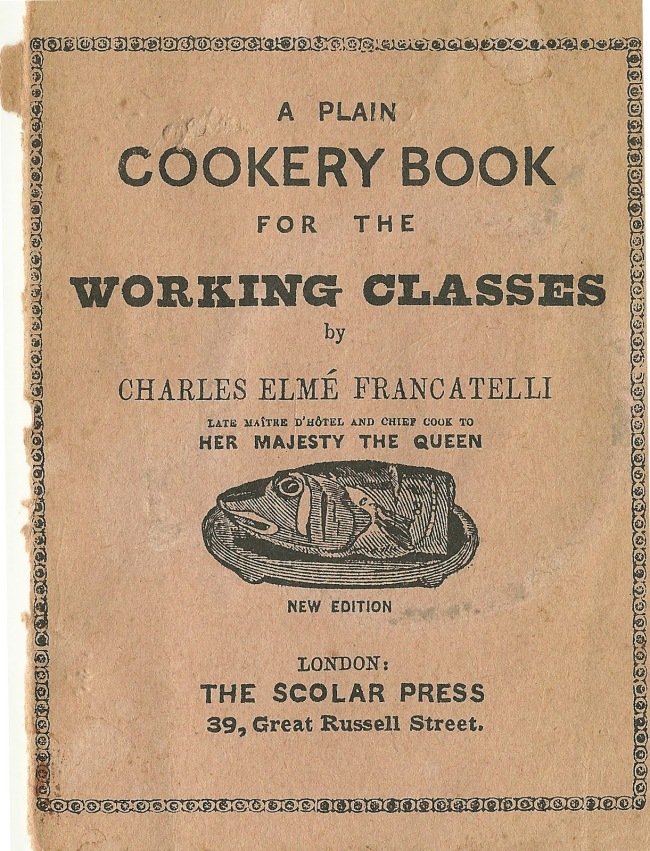
In the easy to digest category he offered “No. 180. Meat Pananda for Invalids and Infants.”
First, roast whatever kind of meat is intended to be made into pananda, and, while it is yet hot, chop up all the lean thereof as fine as possible, and put this into a small saucepan with an equal quantity of crumb of bread previously soaked in hot water; season with salt (and, if allowed, pepper), stir all together on the fire for ten minutes, and give it in small quantities at a time. This kind of meat pananda is well adapted as a nutritious and easily-digested kind of food for old people who have lost the power of mastication, and also for very young children.
This is certainly not too far off from today’s baby food where wheat or rice flour are often added along with ground meat. But Francatelli also recognized that families with many children might have trouble feeding them all sufficiently. “No. 52. Norfolk Dumplings,” made from flour and milk “are most excellent things to eke out an insufficient supply of baked meat for the dinner of a large family of children.”
Another alternative for those on a short budget was
No. 8. Thick Milk for Breakfast
Milk, buttermilk, or even skim-milk, will serve for this purpose. To every pint of milk, mix a piled-up table-spoonful of flour, and stir the mixture while boiling on the fire for ten minutes; season with a little salt, and eat it with bread or a boiled potato. This kind of food is well adapted for the breakfast of women and children, and is far preferable to a sloppy mess of tea, which comes to more money.
Women and children did often eat tea or perhaps tea and bread for breakfast (and often for all of their other meals as well). At least the Thick Milk might have had some fat! Meat and cheese, if there was any, was usually eaten by adult men.
Luckier children might be given Francatelli’s baked apples or pears, which, “with bread, form a cheap, wholesome, and proper kind of supper for children.” But in my book the very luckiest would have either Plum Broth or Plum Porridge, Cold. Each of these preparations involved plums cooked down with sugar and cinnamon. This Broth was sieved and eaten with bread, the Porridge was sieved, cooled, and mixed with milk, and also eaten with bread. Neither of these, involving fresh fruits, four ounces of sugar, and cinnamon, strike me as things that would have been fed to working class children in England in the 1850s. On the other hand, I bet children would like them. They are both rich in carbohydrates, exactly the kinds of food that children of all classes were fed in Victorian society.
I close today with another children’s food suggestion taken from Arthur Knapp’s 1920 Cocoa and Chocolate: Their History from Plantation to Consumer.
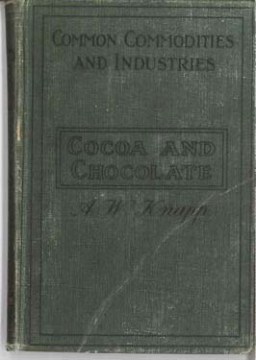
Knapp recommends a cup of cocoa, on the authority of Dr. Hutchinson, a dietetics authority, who wrote, “Tea and coffee are also harmful to the susceptible nervous system of the child, but cocoa, made with plenty of milk, may be allowed, though it should be regarded, like milk, as food rather than a beverage properly so called.” Since cocoa was very nutritious, it was a superior food for children in a world where many did not get enough calories. In the early 19th century a comparison in heights of boys at Sandhurst military academy and the Marine Society, a charity for poor Londoners, showed that the working-class boys were nearly 30cm shorter than their upper-class counterparts.
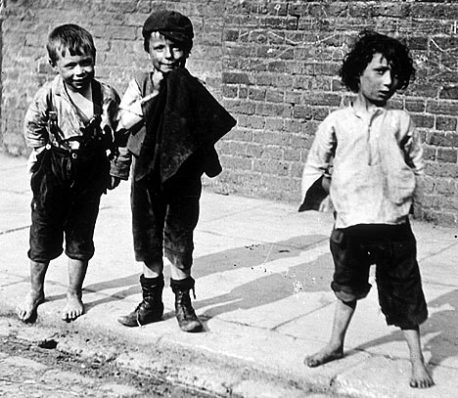
Poor Boys in Lambeth in the 19th century

